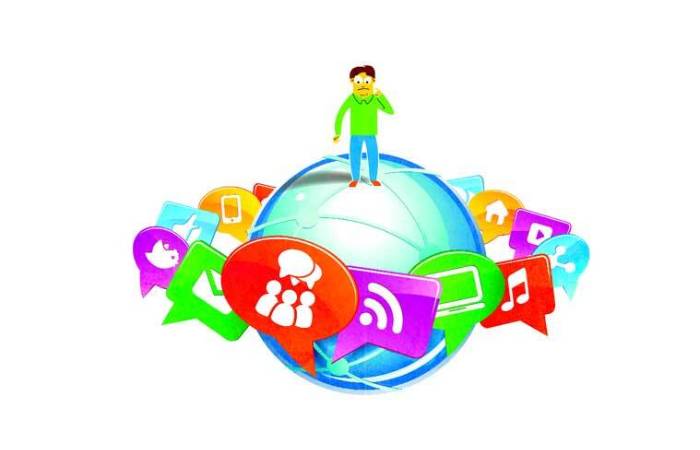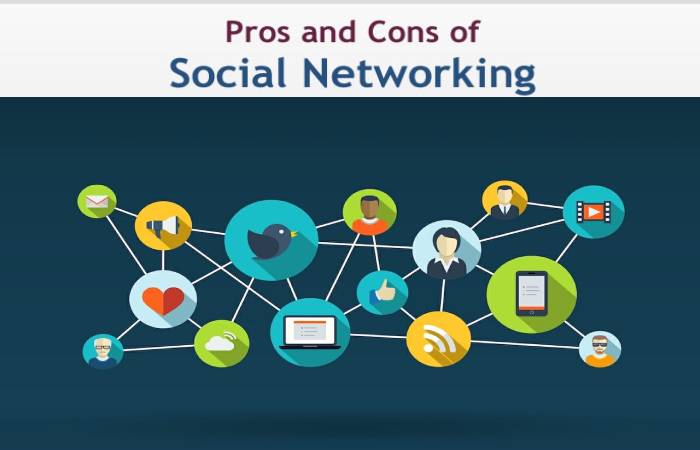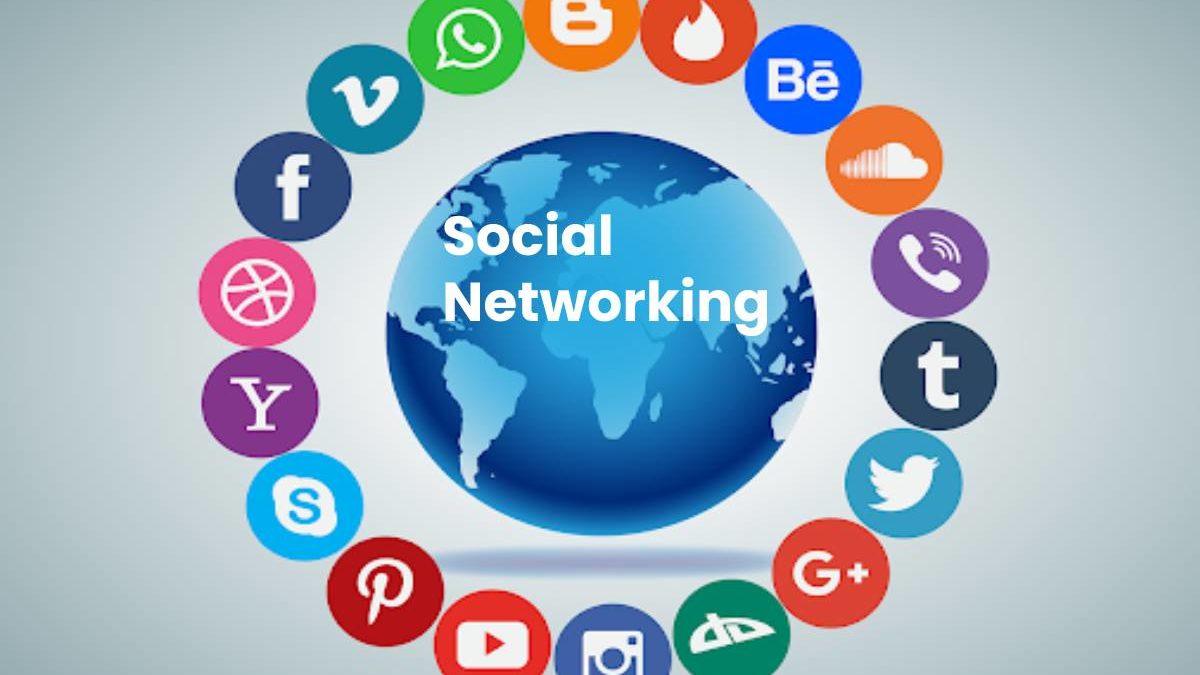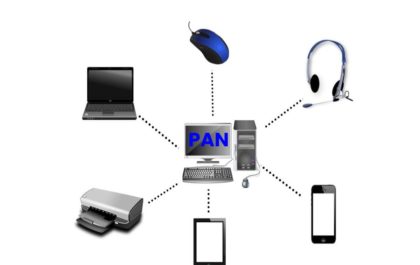Table of Contents
What Is Social Networking?
Social networking uses Internet-based social media sites to stay connected with friends, family, colleagues, customers, or clients.
It can have a social purpose, a business purpose, or both through Facebook, Twitter, LinkedIn, and Instagram. Social networking has become a significant base for marketers seeking to engage customers.
Despite some stiff competition, Facebook remains the largest and most popular social network, with 2.8 billion people using the platform monthly, as of Dec. 31, 2020.
According to Statistica, it was followed in popularity by Instagram, Facebook Messenger, Twitter, and Pinterest. What is a content creator, to know more read the following article.
How does Social Networking Works?

- Social networking involves the development and maintenance of personal and business relationships using technology.
- This is done through social networking sites, such as Facebook, Instagram, and Twitter.
- These sites allow people and corporations to connect to develop relationships and share information, ideas, and messages.
- Family members who are far apart may remain connected through personal social networking sites like Facebook. They can share photos and updates on things that are going on in their lives.
- People can also connect with others (notably strangers) who share the same interests. Individuals can find each other through groups, lists, and the use of hashtags.
- Marketers commonly use social networking so they can increase brand recognition and encouraging brand loyalty.
- Since it makes a company more accessible to new customers and more recognizable for existing customers, social media marketing helps promote a brand’s voice and content.
- For example, a frequent Twitter user may hear of a company for the first time through a news feed and decide to buy a product or service.
- The more exposed people are to a company’s brand, the greater its chances of finding and retaining new customers.
- Marketers use social networking as a way to improve conversion rates. Building a following provides access to and interaction with new, recent, and old customers.
- Sharing blog posts, images, videos, or comments on social media allows followers to react, visit the company’s website, and become customers.
Special Considerations of Social Networking
- There isn’t a one-size-fits-all approach to marketing strategies. That’s because every business is unique and has a different target demographic, history, and competitive marketplace.
- Because social networking companies want businesses to pay for their advertising, companies often restrict the reach businesses may receive through unpaid posts.
- For example, if a company has 500 followers, followers may not all receive the same post.
- Due to social networking’s constant evolution, it is challenging to keep up with changes and influence a company’s marketing success rate.
Advantages and Disadvantages of Social Networking
The Benefits and Drawbacks of Social Networking Interpersonal interaction can influence people and partnerships—both emphatically and adversely. Because of this, it is essential to weigh the benefits and drawbacks of using social media platforms.
1. Advantages
- As previously stated, social networking allows people to connect with family and friends with whom they would otherwise be unable to communicate due to distance or lost contact.
- People can also connect with individuals who share the same interests and develop new relationships.
- Social networking also allows companies to connect with new and existing clients. They can also use social media to create, promote, and increase brand awareness.
- They also rely on reviews and comments made by their clientele. The more customers post about a company, the more valuable the brand authority becomes.
- This leads to more sales and a higher ranking in search engines. Social networking can, therefore, help establish a brand as legitimate, credible, and trustworthy.
- A company may use social networking to demonstrate its customer service level and enrich its relationships with consumers.
- For example, if a customer complains about a product or service on Twitter, the company may address the issue immediately, apologize, and take action to make it right.
2. Disadvantages
- Long range interpersonal communication can fundamentally affect the spread of deception. Additionally, it may spread rapidly.
- After 2012, it became more prevalent. Rumors are the source of this information, and they spread more quickly than facts.
- According to one study, misinformation is spread on Twitter 70% more frequently than factual information.
- Businesses can suffer just as much as individuals do from social media networking. On social media, criticism of a brand can spread quickly.
- This can create a virtual headache for a company’s public relations department.
- Although social networking is free, building and maintaining a company profile takes hours each week. Costs for those hours add up quickly.
- Also, businesses need many followers before a social media marketing campaign generates a positive investment return (ROI).
- For instance, offering a post to 15,000 followers is equivalent to submitting a post to 15 followers. The Benefits and Drawbacks of Social Media.
Pros and Cons of Social Networking

Pros
- Individuals can utilize web-based entertainment to interface with others, including companions, family, and those with similar interests.
- Organizations can utilize informal communities to arrive at new and existing clients and fabricate and further develop their image names.
- Corporations that use social media can connect with their clients and demonstrate the level of their customer service.
Cons
- Social media helps spread misinformation.
- Analysis of organizations can spread rapidly, creating issues for their advertising divisions.
- Advertising and keeping a company profile up to date on social media can be expensive.
Examples of Social Networking
- Instances of Long range informal communication A company with a presence on social media backs nearly every product or service you use.
- It’s difficult to consider any large company that doesn’t work, market, and promote in informal communities.
- Engaging in social media is not only a good business practice but also essential to success in the business world.
- The following are two instances of organizations that are getting everything done as well as possible.
- Famous cheap food chain Taco Chime has more than 1.4 million adherents on Instagram and almost 2,000,000 supporters on Twitter.
- The company posts content about its menu items, employees, and restaurants to engage people on social media.
- Taco Ringer additionally posts cheerful tweets and Instagram posts that earn a large number of answers, retweets, and likes.
- Taco Ringer campaigned for a taco emoticon by requesting Change.org in 2014. On social media, the company spread the word.
- The appeal gathered more than 32,000 marks from Taco Chime lovers. During the release of iOS 9.7 in November 2015, Apple introduced the taco emoji.
Conclusion
It utilizes Web based online entertainment stages to remain associated with companions, family, or friends. Facebook, Instagram, and Twitter are the most popular websites in the United States.
Marketers use social networking to build brand loyalty and increase brand recognition. Social media can help spread brand awareness and connect people and businesses.
Its weaknesses include the spread of falsehood and the significant expense of utilizing and keeping up with informal community profiles.
Also Read: How To Identify Influencers On Social Media and More
Related posts
Featured Posts
What is Advertising? – Concepts, Phases, Techniques, and More
What is Advertising? Advertising is a means of distribution in which various organizations, companies, individuals, NGOs, etc. They try to…
Personal Area Network – Definition, Uses, Benefits, and More
Personal Area Network Definition A personal area network (PAN) is a network of computers organized around a person and is…




Review What Is Social Networking? – How does Works, and More.